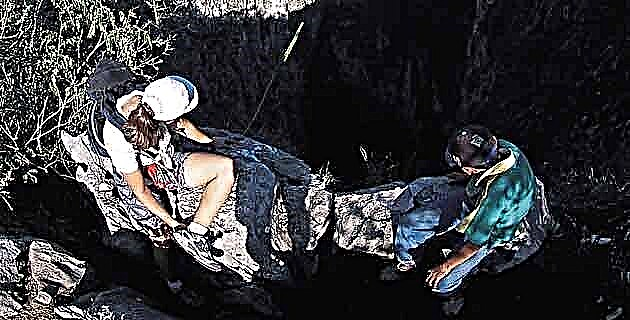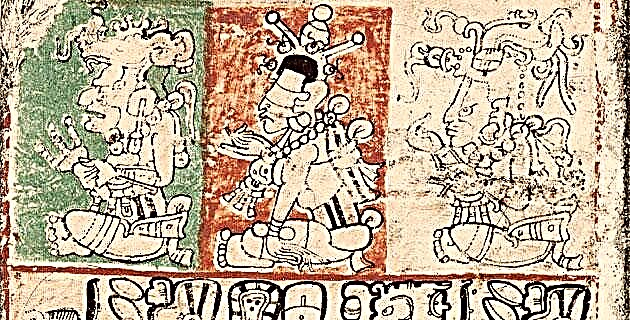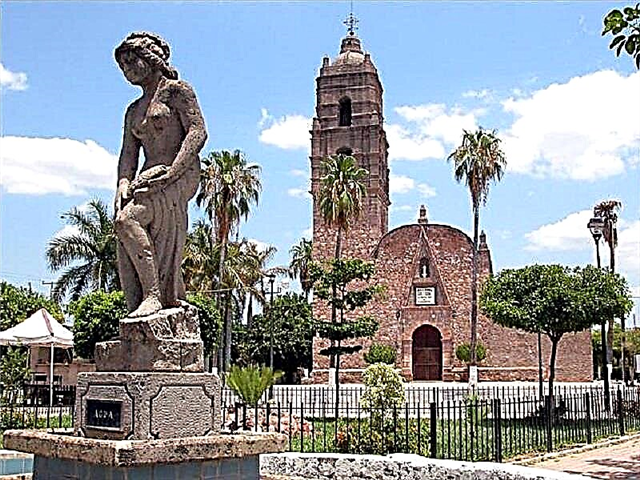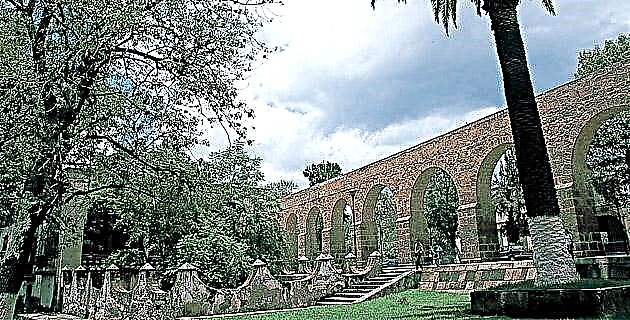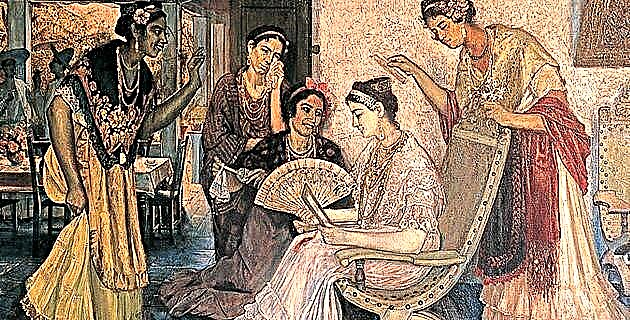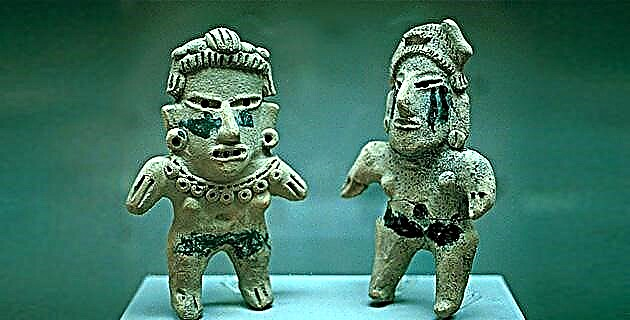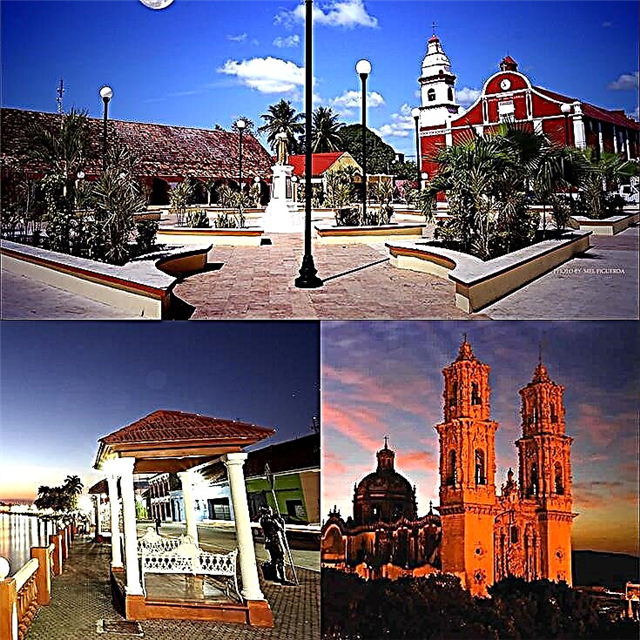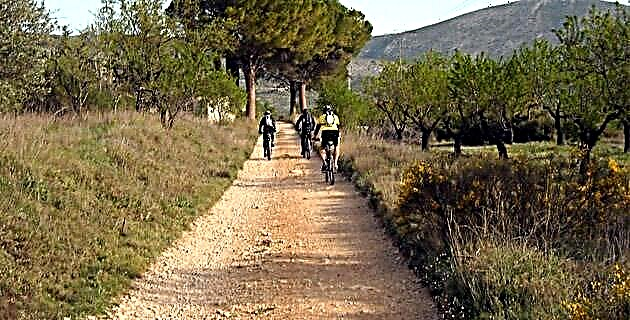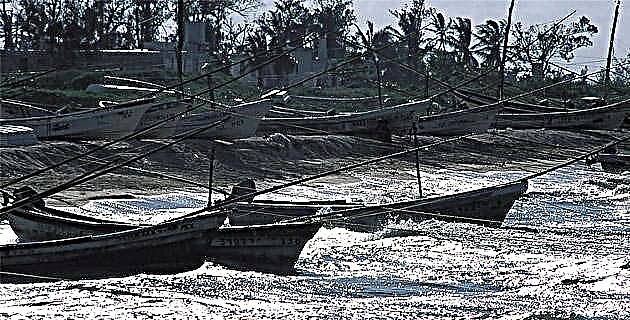
It was August, in the second half of summer. At this time of year, the show that I am going to refer to below takes place every day around 7:00 p.m.
It all starts with the softening of the light. The heat decreases. The spectators look up to the sky preparing to enjoy one of the most beautiful sunsets that can be seen on the planet: when descending the horizon, the sun gradually tints the planes of clouds that extend in the celestial vault with shades ranging from pale pink to deep purple; from soft yellow to almost red orange. For more than an hour, those of us who were in the hotel's viewpoint fired our cameras to take this wonder home and treasure it.
The aforementioned hotel is, for the moment, the only one in San Felipe, a small fishing port located on an estuary north of the Yucatan Peninsula.
Fishing is the basis of the economy of its 2,100 inhabitants. For three decades this activity has been regulated and fishermen respect the closed seasons and do not catch in breeding areas and in places where young animals take refuge.
Despite the intense exploitation, the sea is generous; as soon as the lobster season begins, for example, the octopus catch enters. On the other hand, scale fishing is practiced all year round. Tons of these products are stored in the cold rooms of the cooperative to be transferred to the distribution centers. By the way, octopus fishing is curious: on each boat two bamboo spears called jimbas are placed, to which live Moorish crabs are tied as bait. The boat drags them along the seabed and when the octopus detects the crustacean, it comes out of its hiding place to feast. It curls over its prey and at that moment vibrates the sensitive jimba, then the fisherman lifts the line and frees the crab from its captor by placing it in its basket. Often a single live crab is used to catch up to six octopuses.
The people of San Felipe are warm and friendly, like everyone on the peninsula. They build their houses with boxwood, chacté, sapote, jabín, etc., painted in bright colors. About 20 years ago, houses were made of cedar and mahogany wood, embellished only with varnish that highlighted the beautiful grain. Unfortunately, very few vestiges remain of these constructions, since Hurricane Gilberto that struck San Felipe on September 14, 1988, literally swept the port. The courage and determination of its inhabitants made San Felipe reborn.
Currently, life in San Felipe runs smoothly. The young people gather to drink snow on the boardwalk after Sunday mass, while the older ones sit down to chat and watch the few tourists who visit the place. This tranquility, however, turns into revelry when the patron saint festivities in honor of San Felipe de Jesús and Santo Domingo arrive, from February 1 to 5, and from August 1 to 8, respectively.
The party begins with the "alborada" or "vaquería", which is a dance with a band in the municipal palace; The women attend with their mestizo suits, richly embroidered, and the men accompany them wearing white trousers and “guayabana”. On this occasion, the young woman is crowned, who will be the queen of the party for eight days.
The following days the "guilds" are organized, after a mass in honor of the patron saint, and with a band they go out in procession through the streets of the town, from the church to the house of one of the participants where a shed has been built with zinc sheet roof. Then he leaves, eats and drinks beer. The unions participate in the following order: dawn, boys and girls, ladies and gentlemen, fishermen and, finally, ranchers.
In the afternoon there are bullfights and “charlotada” (clowns fighting heifers), all animated by the municipal band. At the end of the day, people gather in a tent with sound and light where they dance and drink. On the closing night the dance is animated by an ensemble.
Because it is located in an estuary delimited by mangrove islands, San Felipe does not have a proper beach; however, the exit to the Caribbean Sea is quick and easy. At the dock there are motorboats for visitors, which in less than five minutes cross the 1,800 m of estuary that opens onto the turquoise sea, its white sands and its endless beauty. It is time to enjoy the sun and the water. The boat brings us closer to the largest of a series of islets, whose sand is white and soft, fine as talc. A short walk along the shore takes us to the brackish lagoons in the lowlands between island and island, half hidden by vegetation. There we came across a veritable display of wildlife: snipe, seagulls, herons and herons splashing around in the silt in search of crabs or "cacerolitas", small fish and mollusks. Suddenly, a surprise arises before our fascinated eyes: a flock of flamingos flies over, gliding gently and squawking in a scramble of pink feathers, curved beaks and long legs on the still waters. These wonderful birds have their habitat here, and in the low silty bottom that surrounds the islets they feed and reproduce, splashing with their splendid pink color the beautiful turquoise of the water, framed by the vibrant green of the forest under the mangrove swamp.
Visiting San Felipe is a gift for the eyes, being saturated with clean air, silence and transparent waters; enjoy the taste of lobster, snail, octopus ... Let yourself be caressed by the intense sun and feel welcomed by its people. Anyone returns home renewed after having been in such a place, in contact with this practically virgin world ... Are there not many who wish they could stay forever?
Source: Unknown Mexico No. 294 / August 2001

